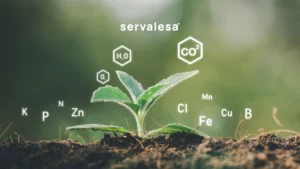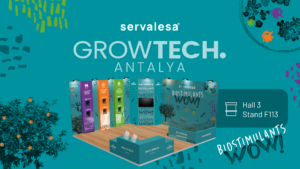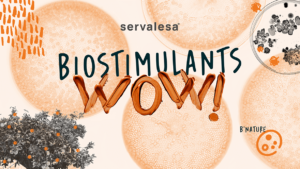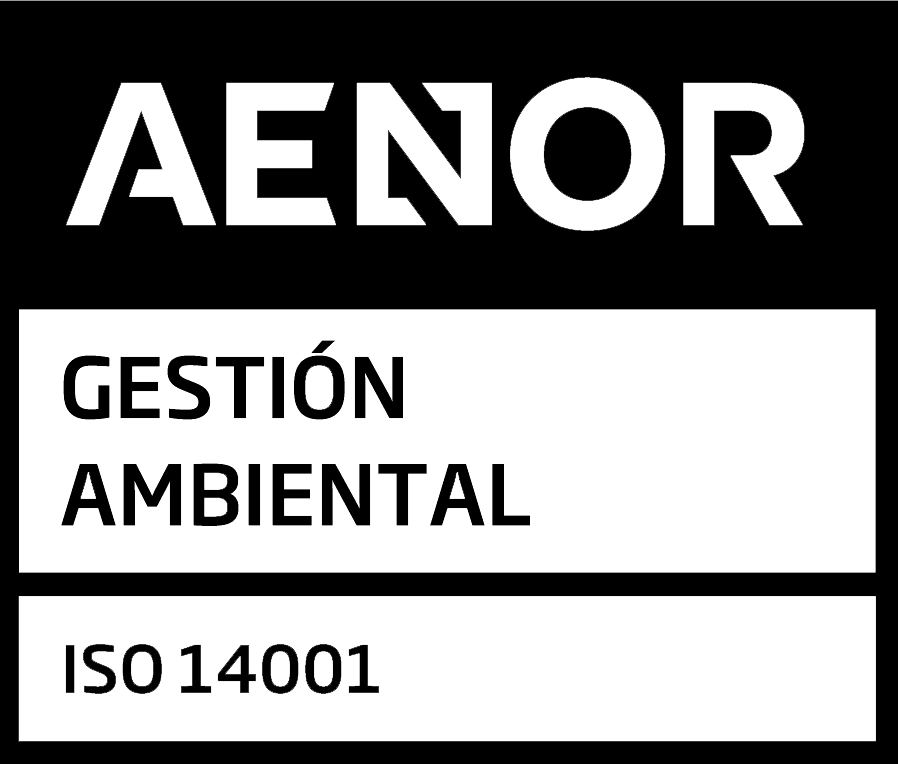Spain is the country with the highest production of garlic crop in the European Union, accounting for 67% of the total. However, China continues to be the world’s leading producer.
Furthermore,in Spain, the area dedicated to garlic cultivation in 2022 was 25,520 ha, with Castille-La Mancha leading the way with 21,000 ha.
Garlic (Allium sativum) is a monocotyledonous herbaceous plant of the lily family, which requires well-drained soils and whose exploitation is centred on its bulb (garlic head). Formed by cloves joined at the base around the stem and covered by a series of membranes, called tunics, of a white or purple colour of different tonalities.
In Spain, the most common garlic varieties are:
- Purple garlic from Las Pedroñeras
- White Spring Garlic
- Violet Spring Garlic
- White Garl
How biostimulants can promote garlic production
In the current context, with the rising price of inorganic fertilisers, the reduction of nitrogen fertilisers in vulnerable areas and the elimination of active ingredients for pest and disease control. Servalesa’s range of biostimulants offers a promising alternative to these restrictions.
From sowing to harvesting garlic, biostimulants can be used to increase production, reducing costs without compromising quality.
The application of biostimulants in garlic cultivation mainly aims at the following objectives:
- Adequate germination of the clove.
- Tolerance to abiotic stress.
- Efficient assimilation of nutrients.
- Increased production and quality.
It has been verified through various tests that the application of biostimulant formulations (such as MAS RAIZ® + and PRE-SEM®) into clover seed improves the germination rate, promotes rooting and optimises root-soil interaction.
In addition, among the products considered biostimulants, there are species that induce the expression of genes that encode proteins linked to the plant’s response to stress episodes. Such as our distinguished product, SERGOMIL® L60.
Moreover, the use of biostimulants increases the efficiency of nutrient assimilation by providing the plant with precursor substances and trace elements involved in different key enzyme complexes in reactions characteristic of the main metabolic pathways. QUALIFUN® would be a good example of this.
Although garlic is considered a somewhat hardy plant, late frosts, for example, can depauperate it by altering its physiological functions or certain metabolic processes, thereby compromising the crop’s growth, development and yield. This is why resorting to biostimulants in such situations is a solvent to increase the plant’s tolerance to abiotic stress, as some of them have metabolites in their composition that have a proven osmoregulatory and osmoprotective action, which allows the crop to minimise the adverse consequences and maintain its photosynthetic rate. Servalesa proposes the biostimulants FOLSER®, BETASER® and DESES-3®.
As for the fattening and maturation phase (bulbification), through the appropriate application of biostimulants such as FEEDSER® and NEKAMIL® STAR, hormonal activity is consolidated, the sink effect is enhanced and, therefore, the translocation of photoassimilates to the bulb is maximised.
Finally, it should be noted that the frequent use of biostimulants is in line with the European Green Payment strategy in its pillar “from field to fork”, which promotes, in particular, the reduction of the use of chemical pesticides for the preservation of the environment and, in general, the production of healthier and safer food for people.

Luis Marcos Nuño
Development Technician – Central Area




